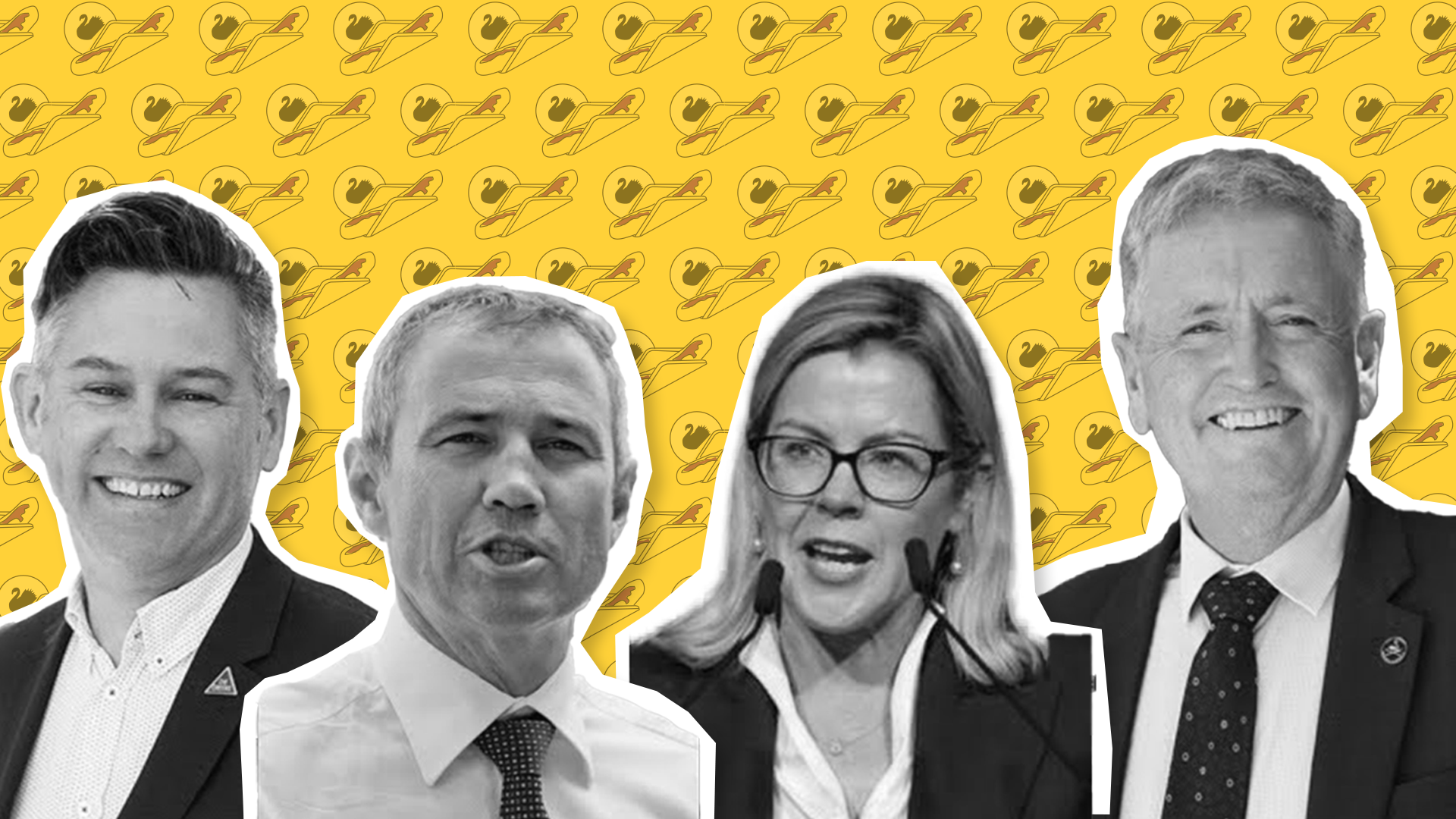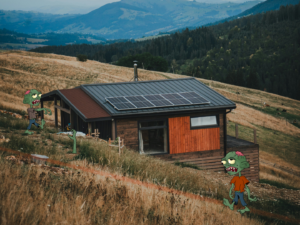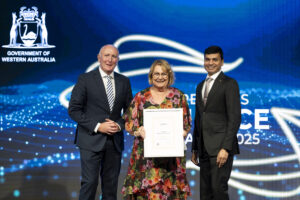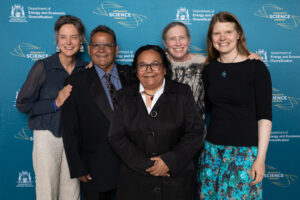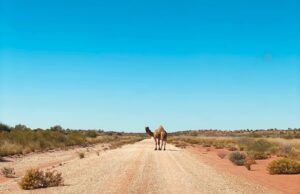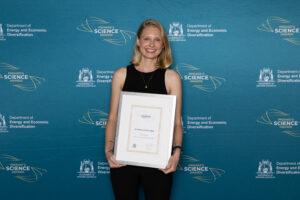It’s that time of the election cycle again, where the claws are out on the campaign trail, and we get to decide who will lead our state.
To make your decision making a little bit easier, we’ve compiled a list of the various science policies that each party has proposed and what that will mean for WA.
SPARKS ARE FLYING
With multiple intensive industries, WA uses a lot of energy. We’re the only Australian state whose greenhouse emissions are still increasing.
Each of the parties acknowledge we need to increase renewables but disagree on how it should be done.
Labor is focusing on hydrogen energy while gradually reducing fossil fuels but doesn’t have a clear timeline.
The Coalition (Liberal–Nationals) prioritise high energy supply, maintaining coal, expanding gas infrastructure, and requiring community consultation for renewables.
They also support uranium mining and royalty-free vanadium extraction for battery production.
The Greens propose 100% renewables within five years, phasing out fossil fuels and promoting wind, solar, and energy-efficient technology.
They see WA as a future low carbon technology innovation hub.
Both Greens and the Coalition support microgrids and home batteries, while Labor’s focus is large-scale batteries.
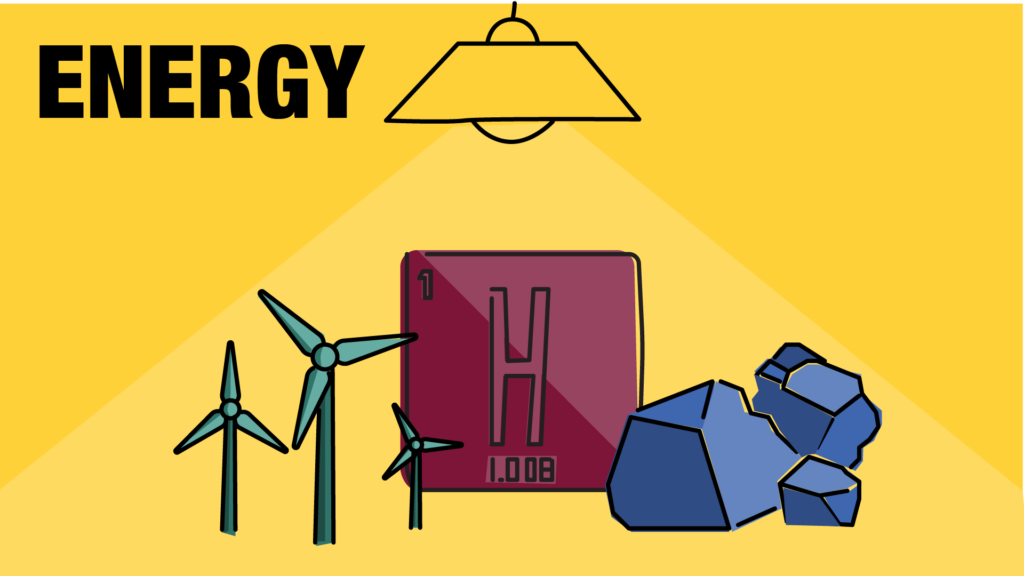
KEEPING GREEN
Policies on ecology and the environment vary drastically for each party.
Labor plans to co-fund collaborative research through institutions like WABSI and WAMSI. They want to end native forest logging and have an action plan to increase water efficiency across Perth.
The Coalition wants fewer environmental protections. In classic free-market style, they want to ensure environmental approvals don’t get in the way of business development.
The party would shrink the Environmental Protection Act and cut funding to the Environmental Defenders Office.
At the opposite end of the planet saving spectrum, the Greens propose precise and swift protections for natural places.
This includes a total end to deforestation, and increasing native species protection, seagrass and mangrove restoration projects, and expanded marine reserves.
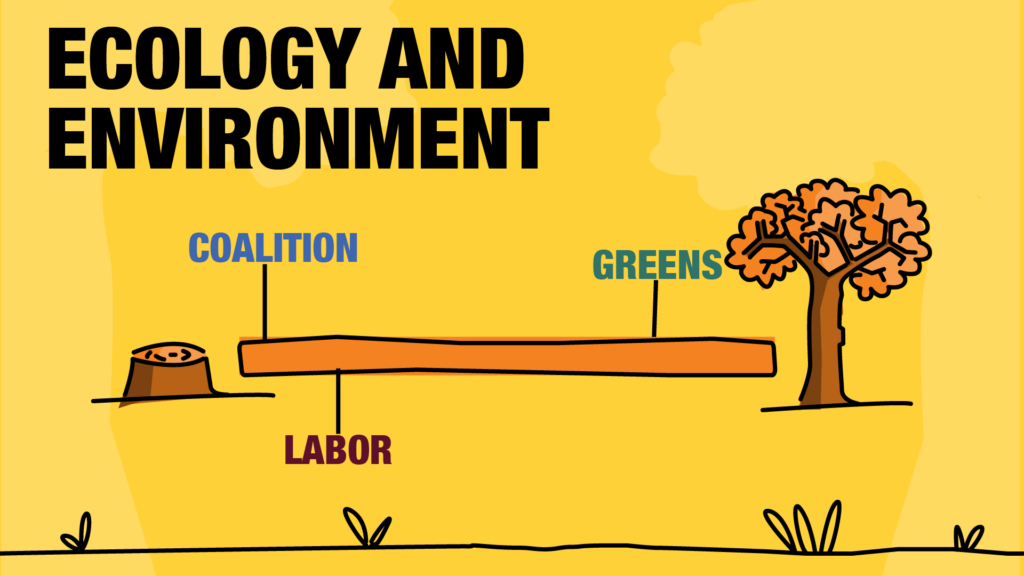
ALL ABOUT THE MINERALS
Every party agrees that critical mineral mining is important in WA but disagree on how much regulation companies should face.
Mining dominates the industry sector in WA, making our economy not particularly diverse.
Labor plans to create new and different industries to diversify our economy and intends to use mining as a vehicle for this.
They specifically mention using emerging technologies like AI in this process.
The Coalition will lift the uranium mining ban and remove royalties for new vanadium mining companies.
Greens oppose uranium mining, but support mining critical minerals as long as it avoids ecologically sensitive areas and conservation reserves.
They believe mining legislation should not override environmental or cultural protection legislation
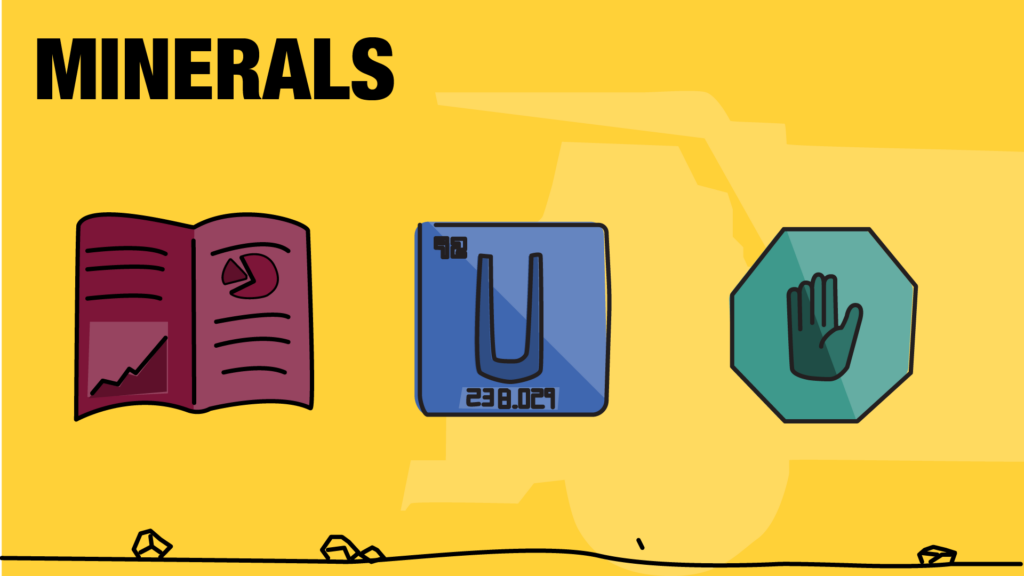
Credit:
Ecology researcher: SolStock via Getty Images
Green tape: created on ChatGPT
Natural reserve: Yarra Riviera via istockphoto
STAYING HEALTHY
Every party has a differing opinion on what the most important change should be in our healthcare system.
Labor supports current funding models for medical services, currently a mix of public and private.
They want to digitise medical records, so patients can access their entire medical record, and medical researchers can use population scale datasets.
The Coalition is looking away from digital infrastructure and into the physical.
They plan to build a new women’s and babies’ hospital in Perth and want increased PTSD support for police and emergency workers.
The Nationals want to fund a new regional rescue helicopter.
The Greens strongly support universal healthcare, free dental and increased medical research.
This includes culturally appropriate care for Indigenous folks, increased access to LGBTQ+ health care and boosted mental health services.

SUPPORTING THE SCIENTISTS
The perception of the importance of science research varies remarkably across the political spectrum.
Labor wants to support innovative research that will help them achieve their goal of diversifying the economy.
The Coalition has no plan to allocate funding to research. They intend on making approvals easier so private companies will fund innovation.
In contrast, the Greens plan to increase research across many areas including agriculture, medicine, renewables and best practice education.
They specifically mention increasing funding for university research and implement laws to allow climate researchers to speak freely.
THE OTHER BITS AND BOBS
As Labor is currently in government, they have a detailed stance on space research and AI.
The Greens and Coalition are mostly quiet on these topics, despite WA being home to the world’s largest radio telescope.
All parties support innovation in agriculture.
The Greens want lower environmental impacts of agriculture, the Coalition wants to increase profits, and Labor wants innovation to increase economic diversity.
No matter what science policies you want to see in the future, get out there and enjoy your March 8 democracy sausage.

Kolbz
Availability of policy proposals
When a party is in government, they have every government department at their disposal to do things like model the impact of a particular policy or research community attitudes towards an idea. Currently the Labor party has a thumping majority in the WA legislative assembly.
This means the Labor party can provide much more detail on their science policies. They can also frame it as “the government’s plan” rather than “Labor plan” which gives it increased legitimacy. The plan is called WAs Science and Technology 10-year plan (for 2025 – 2035)
Analysis in this article is based on policy proposals from the following websites:
Labor: https://www.wa.gov.au/government/publications/science-and-technology-plan-was-10-year-science-and-technology-plan
Liberals: https://www.libbymettam.com.au/policy
Nationals: https://www.nationalswa.com/our-platform/
Greens: https://greens.org.au/wa/policies



